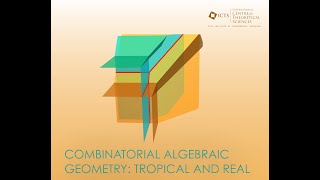Nonblocking minimal spanning switch
A nonblocking minimal spanning switch is a device that can connect N inputs to N outputs in any combination. The most familiar use of switches of this type is in a telephone exchange. The term "non-blocking" means that if it is not defective, it can always make the connection. The term "minimal" means that it has the fewest possible components, and therefore the minimal expense. Historically, in telephone switches, connections between callers were arranged with large, expensive banks of electromechanical relays, Strowger switches. The basic mathematical property of Strowger switches is that for each input to the switch, there is exactly one output. Much of the mathematical switching circuit theory attempts to use this property to reduce the total number of switches needed to connect a combination of inputs to a combination of outputs. In the 1940s and 1950s, engineers in Bell Lab began an extended series of mathematical investigations into methods for reducing the size and expense of the "switched fabric" needed to implement a telephone exchange. One early, successful mathematical analysis was performed by Charles Clos (French pronunciation: [ʃaʁl klo]), and a switched fabric constructed of smaller switches is called a Clos network. (Wikipedia).



















